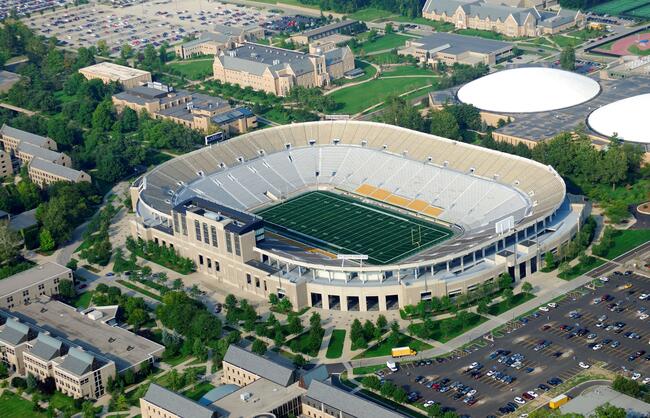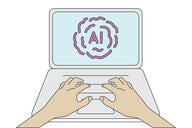You have /5 articles left.
Sign up for a free account or log in.

groveb/iStock/Getty Images Plus
Intercollegiate athletics is in a period of profound transformation. From ongoing confusion surrounding name, image, and likeness rights to the explosion of the transfer portal to lawsuits upending the intercollegiate model, the landscape is shifting swiftly.
The most significant of these disruptions was finalized June 6, when the House v. NCAA case reached a historic settlement.
House will dramatically change the historic intercollegiate model beloved by fans. But that model has too long rested on the espoused, but unrealized, values of amateurism, equity and fairness. House will provide roughly $2.8 billion to Division I athletes in the form of back payments for the lost opportunity to profit from their NIL, while implementing revenue-sharing so current athletes can, at long last, receive a portion of the billions they generate from athletic competition.
In response to these changes, athletes and academic and sports administrators—even faculty and scholars—have expressed frustration. They mourn the loss of “tradition.” They critique the instability. They worry about the future. But this chaos is long overdue.
The current upheaval is the inevitable outcome of decades of delayed accountability. It is the natural consequence of inaction by the NCAA and university and athletic leaders.
The NCAA and its member institutions are finally being held accountable for failing athletes. The NCAA built and preserved a system of inequity and control, depriving athletes of rights held by other students, such as the right to be compensated for their NIL and the ability to transfer freely. Then, under the guise of academic support, the NCAA institutions often dictate athletes’ class schedules, encourage major clustering and impose employee-like schedules that leave little room for intellectual exploration or autonomy. As unsettling as this moment feels, it is the reckoning the NCAA needs.
It’s easy to blame the NCAA—and it certainly deserves its share of the blame. But responsibility for this chaos doesn’t stop there. Conference commissioners, university presidents and athletic department leaders who prioritized TV deals over athlete welfare are also complicit. So, too, are athletic department leaders who prioritized financial growth while sidelining the needs and rights of the very athletes generating their revenue.
We in higher education—those who study, work in, work with or even care about athletics—must look inward, too.
While many of us who research athletics poured our efforts into conference presentations and publications, those insights remained largely confined to intellectual echo chambers, filtered through systems that reward scholarly progress and critique over actionable change.
Don’t get me wrong: Research and scholarship are critical. But the academy can do more to bridge knowledge with practice and policy and translate research into reform.
If we take a step back, we can see this is not simply a moment of governance failure. All of us connected to the intercollegiate athletic enterprise—researchers, administrators, governors, coaches, even fans—could see that intercollegiate athletes’ journeys through higher education were exploitative in ways that do not mirror any other student’s experience.
The current instability will not stop with the House settlement. I suspect it gets worse before it gets better. We have already begun to see gender equity and Title IX lawsuits emerge over NIL back payments.
U.S. District Judge Claudia Wilken, who approved the House settlement, even noted the ability for athletes to sue over the roughly $20 million per institution revenue-sharing cap, teeing it up for legal battles. Perhaps the biggest challenge will come when athletes and their representatives make a concerted effort to reclassify athletes from students to employees. These challenges are just a few coming down the pipeline.
This moment demands honesty, reflection and action. We can no longer simply critique the system. We must help build the alternatives that truly take our research into practice.
That means researching and designing equitable frameworks for athlete compensation that don’t replicate existing hierarchies or widen gaps between divisions, programs, sports or genders. It means safeguarding gender equity as we move toward new financial models, ensuring we meet the spirit of Title IX.
And if athlete employment becomes a reality, we must advocate for protections that uphold not just athletes’ economic value, but their educational and developmental potential.
We need to stop yearning for the good old days. What we lost was never just to begin with.



